Burnstones Viaduct
Burnstones Viaduct
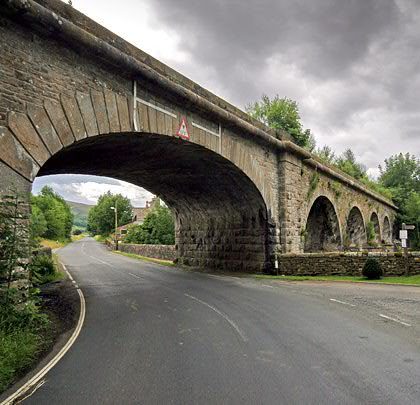
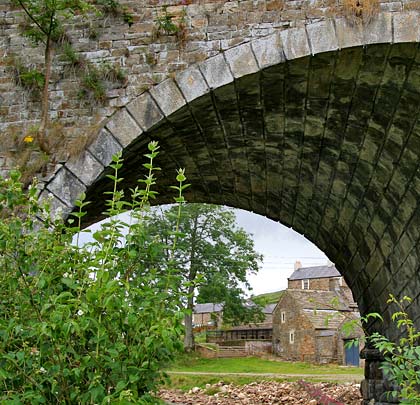
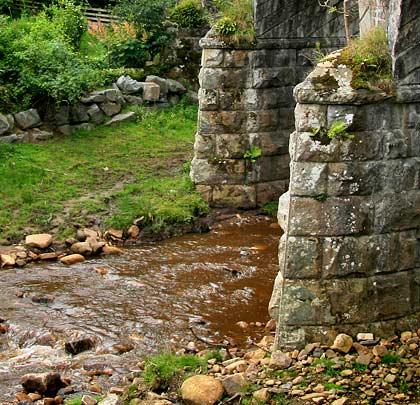
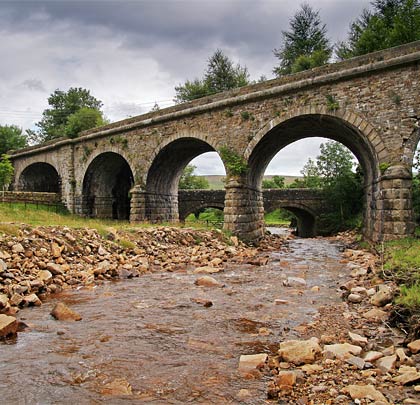
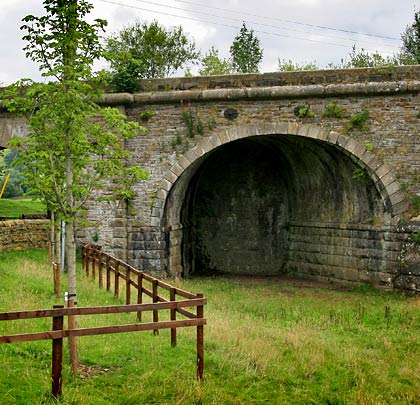
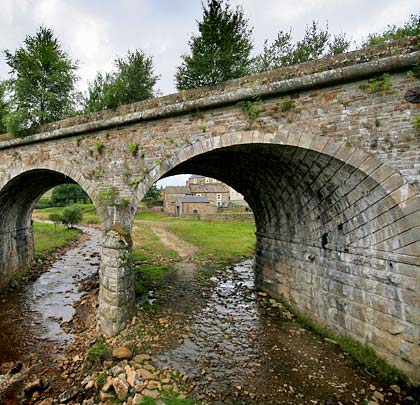
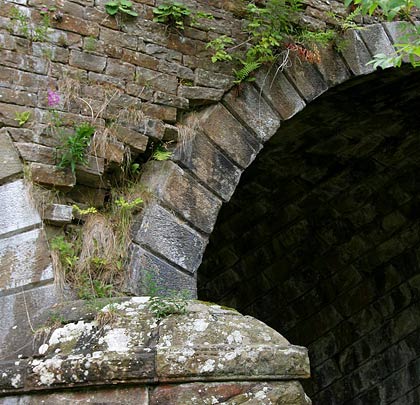
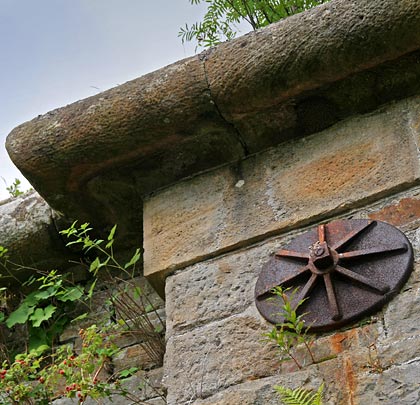
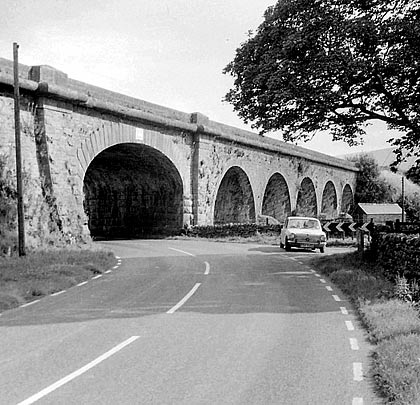









In August 1846, Parliament authorised a railway heading southwards from Haltwhistle to serve the many lead mines around Nenthead. However, due to prevailing financial constraints, the southern end of the line was curtailed prior to construction, resulting in a permanent terminus being established at Alston, 13 miles from the main line junction. This amendment required approval through a second Parliamentary Act which was obtained in 1849.
Work got underway in June 1849 and opening came in stages, first reaching Shafthill (later renamed Coanwood) in 1851. The section between Alston and Lambley became operational in 1852, with the full route seeing traffic later the same year following completion of the 16-span Lambley Viaduct.
The route placed considerable demands on the engineer, George Barclay Bruce, with several structures needed to overcome local watercourses. Of considerable interest is the one over Thinhope Burn and a sike draining the rough pastures west of Side House. Known as Burnstones Viaduct, it comprises six arches, the northernmost being 35 feet in span and having a skew of 64 degrees to carry the railway over the A689. The other five arches, with spans of 20 feet, are skewed in the opposite direction to accommodate the flow of the burn. Apparent on the west side, between these and the road span, is a blind arch which tapers eastwards to resolve the conflicting skews.
The viaduct is stone-built, incorporating rock-faced piers; those in the river are protected by triangular cutwaters. Helical courses of rusticated ashlar blocks form the arches. The road arch, flanked by buttresses, features large voussoirs. Below the parapets on both sides is a half-round oversail.
The condition of the viaduct, which is Grade II listed, is generally good. There is though an increasing amount of colonising vegetation which has contributed to the loss of some stonework in one of the west-side spandrels. Two tie bars and associated pattress plates have been inserted to prevent movement of the blind arch.
Rundown of the branch accelerated in the 1950s with the withdrawal of some goods services; they all ended in the early Sixties. The line thereafter was effectively operated as a siding, without signals. A Diesel Multiple Unit collected passengers from the unstaffed stations, the line having survived the Beeching cuts due to the dearth of decent roads in the area at the time. Closure officially came on 3rd May 1976, with the last train having worked the line two days earlier.
Efforts by the South Tynedale Railway Preservation Society to take the railway over came to nothing and the track was soon lifted. However, in 1983, a narrow-gauge operation started between Alston and Gilderdale; this has since been extended northwards to Lintley Halt, a distance of four miles. Burnstones Viaduct is now crossed by a footpath, the South Tyne Way.







